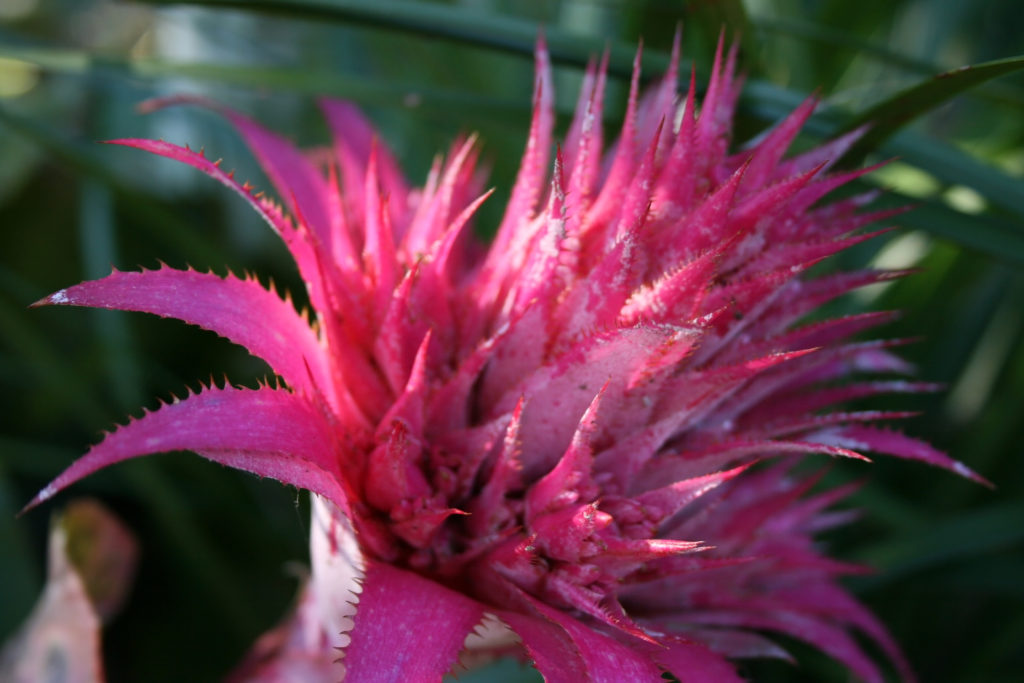
Many of us like to have houseplants. They add a bit of nature to our homes and they look nice. It turns out that they have health advantages as well.
Indoor air pollution is an important environmental threat to our health. Most of it is called by volatile organic compounds, or VOCs. These are compounds like acetone, benzene and formaldehyde that are emitted as gases from paints, furniture, copiers and printers, cleaning supplies and even the clothes we bring home from the dry cleaners. When there are large quantities in the air of our homes or offices, some people develop sick building syndrome, which can cause dizziness, asthma or allergies, or just reduced productivity from having an overall unwell feeling.
There are a number of remedies to reduce VOCs in buildings, including special ventilation systems and devices that use adsorption, condensation and chemical reactions. But it turns out that ordinary house plants remove chemicals from indoor air by the process of biofiltration or phytoremediation.
A recent study at SUNY Oswego looked at the ability of five common houseplants to remove eight common VOCs. All of the plants removed acetone, a chemical that is abundant in nail salons. But some plants were better than others at removing acetone or one of the other chemicals tested.
Overall, the most successful air cleaning plant was the bromeliad, which removed more than 80% of 6 out of the 8 chemicals tested over a 12-hour period. But depending upon the nature of the VOCs in a particular location, one of the other plants might be even better.
Having some houseplants could be the way to breathe cleaner air.
**********
Web Links
Selecting the right house plant could improve indoor air (animation)
Photo, posted July 14, 2007, courtesy of Jason Baker via Flickr.
‘Houseplants and Clean Air’ from Earth Wise is a production of WAMC Northeast Public Radio.